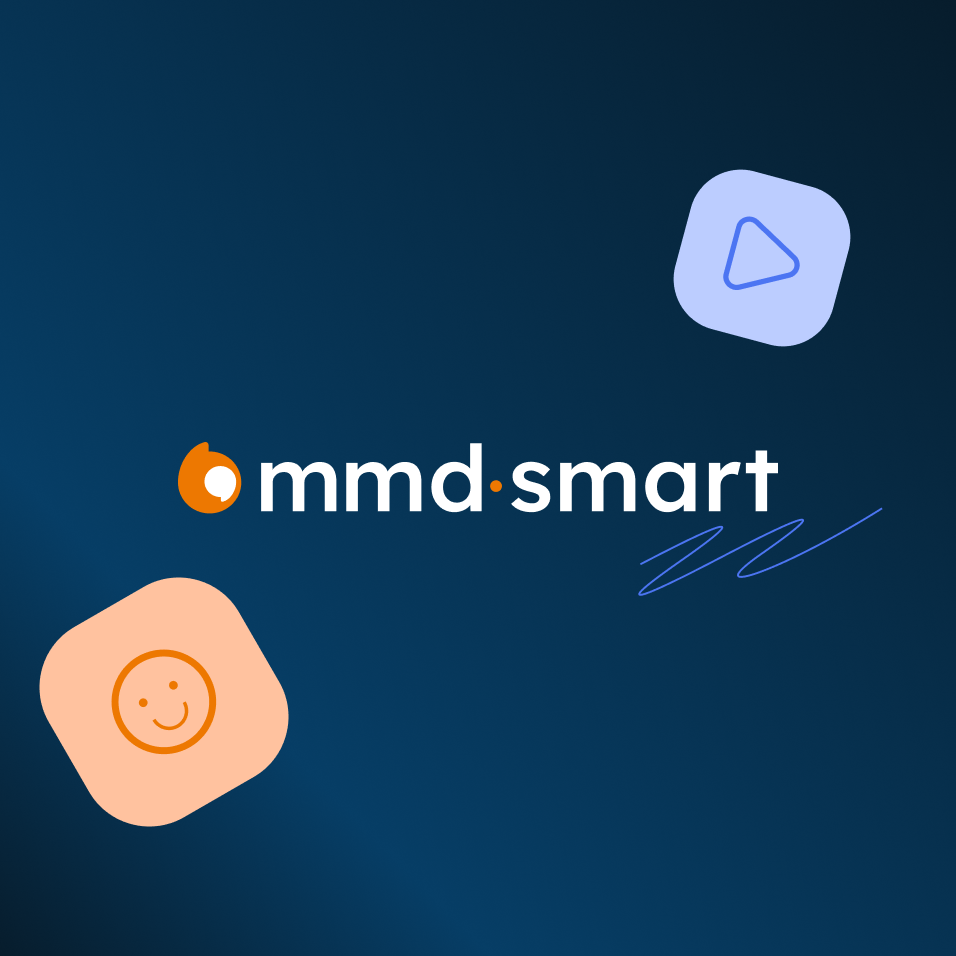The Essentials of Quality Management and Monitoring Software in Call Centers

In the fast-paced world of customer service, call centers act as the frontline for your brand. Every customer interaction carries the potential to build loyalty or risk dissatisfaction. Managing these operations effectively isn’t easy—especially when ensuring every call reflects your company’s standards. That’s where call center quality management and monitoring software steps in.
This technology helps businesses streamline evaluations, gain actionable insights, and drive continuous agent improvement. It’s a must-have for any modern call center striving for excellence.
In this blog, we’ll explore everything you need to know about call center quality management and monitoring software. From defining call center software and its core components to understanding CRM integration, cost considerations, and deployment strategies, we’ll break it all down. Plus, we’ll show you how monitoring software enhances quality through real-time insights and performance metrics.
What Is Call Center Software?
Call center software is the backbone of any customer-focused business, designed to simplify and improve call center operations. Its primary purpose is to streamline communication between businesses and customers—ensuring issues are resolved quickly, questions are answered accurately, and service levels are consistently high.
This software automates repetitive tasks like call routing and tracking, providing tools for analytics, monitoring, and reporting. The result? Agents can focus on delivering personalized service while managers gain the data needed to optimize performance.
There are several types of call center software, each serving a unique purpose. Core tools include Automatic Call Distribution (ACD) for directing calls to the right agents and Interactive Voice Response (IVR) for providing automated menu options or self-service features. Customer Relationship Management (CRM) systems are another critical piece, helping organize customer data and track interaction history.
Specialized tools like quality management software focus on evaluating agent performance, while monitoring software tracks live interactions to provide instant feedback. Together, these tools create a cohesive system that ensures smoother operations and better customer experiences.
Core Components of Call Center Software
Modern call center software combines multiple powerful components to deliver seamless customer service:
- Automatic Call Distribution (ACD): Ensures calls are routed to the most suitable agent based on predefined criteria like expertise, language, or availability. This reduces wait times and connects customers to the right person faster.
- Interactive Voice Response (IVR): Allows customers to navigate menu options or handle simple tasks (like checking order status) without speaking to an agent. This improves efficiency and reduces workloads for agents.
- Customer Relationship Management (CRM): Centralizes customer data, giving agents a complete view of each customer’s history and preferences. This helps them provide personalized, effective service.
Other features include call recording for quality checks, analytics dashboards for tracking metrics, and omnichannel capabilities that unify communication across channels like phone, email, and chat.
When these components work together, the software enables smooth call handling, equips agents with valuable insights, and helps managers monitor and improve performance—all in one integrated platform.
CRM Software for Call Centers
CRM software is the heart of any call center, providing a 360-degree view of customer interactions. By consolidating information like contact details, preferences, and past inquiries, CRM systems allow agents to deliver personalized and efficient service.
Integrating CRM software with call center tools offers several benefits. Agents gain instant access to customer histories, enabling seamless follow-ups and avoiding repetition. CRM automation also reduces manual tasks, freeing agents to focus on complex customer needs. Over time, these efficiencies improve productivity and build stronger customer relationships.
In addition, CRM systems foster collaboration by giving teams across sales, support, and marketing access to the same data. The result? Cohesive customer experiences that enhance satisfaction and loyalty.
Cost Considerations for Call Center Software
When investing in call center software, pricing models are a key consideration. The most common model is subscription-based pricing, which charges a monthly or annual fee, often on a per-agent basis. This model offers flexibility and scalability, making it ideal for businesses with fluctuating needs.
For businesses looking for a one-time investment, some providers offer perpetual licensing, where you pay upfront for ownership. While this requires higher initial costs, it can be more cost-effective in the long run.
No matter the model, it’s essential to weigh costs against potential benefits. High-quality software can improve productivity, reduce call times, and enhance customer satisfaction—all of which directly impact your bottom line. With features like automation and real-time monitoring, call center software can deliver significant ROI by streamlining operations and boosting performance.
How to Deploy Call Center Software
Deploying call center software doesn’t have to be daunting. Start by defining your goals and choosing a solution that aligns with your needs. Evaluate features like CRM integration, automation, and analytics to ensure the software fits your operations.
Next, work closely with the vendor to configure the system, migrate data, and set up workflows. Training is a critical step—agents and managers need to feel confident using the software. Finally, roll out the software in phases, starting with a pilot program to address any challenges before full deployment.
Expect some roadblocks, like integration issues or employee resistance to change. Address these with clear communication and robust support during the transition. By planning carefully and involving your team, you can ensure a smooth implementation and long-term success.
Enhancing Call Center Quality with Monitoring Software
Monitoring software plays a pivotal role in maintaining high service standards. Tools like call recording and scoring templates help managers evaluate agent performance and identify areas for improvement.
Real-time monitoring offers even greater value. Supervisors can listen in on live calls, provide immediate feedback, or step in to resolve issues before they escalate. This level of visibility ensures agents stay on track and continually improve.
Additionally, monitoring software tracks critical metrics like first call resolution (FCR) and customer satisfaction (CSAT). By analyzing this data, businesses can pinpoint performance gaps and implement strategies to enhance quality.
Conclusion
Call center quality management and monitoring software is more than a tool—it’s a game-changer for businesses aiming to deliver exceptional customer service. By combining features like ACD, IVR, CRM, and monitoring tools, this software empowers call centers to handle interactions efficiently and maintain high service standards.
Ready to take your call center operations to the next level? MMDSmart’s Call Center Connect offers cutting-edge solutions designed to optimize workflows, improve agent performance, and elevate the customer experience. Request a Demo today to see how we can help your call center succeed.








